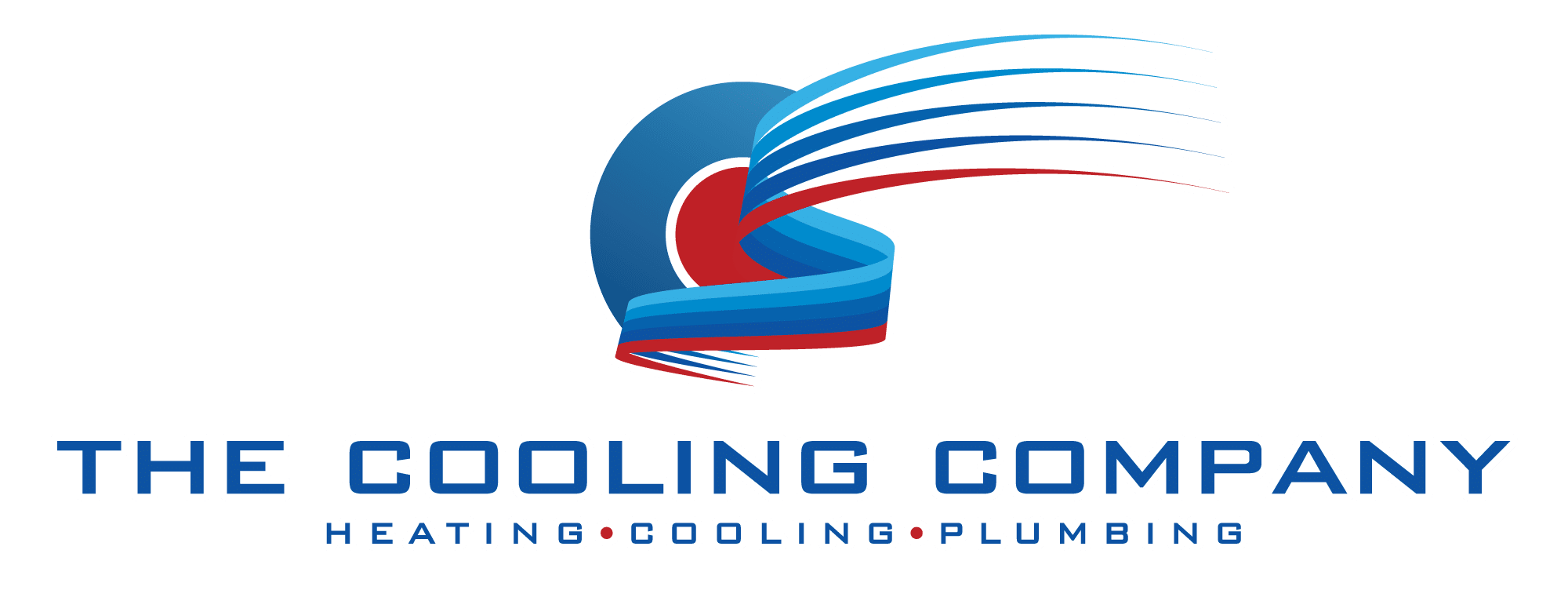If you’ve noticed your heating system frequently turning on and off in quick succession, you’re likely experiencing what HVAC professionals call short cycling. This issue not only disrupts your comfort but can also lead to increased energy bills and costly repairs. Understanding why your heating system keeps shutting off prematurely is crucial for maintaining efficiency and prolonging the life of your equipment. For a broader overview of heating fixes, see our Complete Heating Repair Guide.
What Is Short Cycling and Why Does It Happen?
Short cycling occurs when your heating system turns on and off repeatedly in short intervals without completing a full heating cycle. Instead of running long enough to heat your space efficiently, the system shuts off prematurely, only to restart soon after. This erratic behavior can be frustrating and costly.
Several factors can trigger short cycling, including:
- Oversized HVAC equipment: When a heating system is too powerful for the space it’s meant to heat, it reaches the desired temperature too quickly and shuts off before completing a full cycle.
- Thermostat issues: A malfunctioning or poorly placed thermostat can cause inaccurate temperature readings, leading to frequent on-off cycles.
- Airflow restrictions: Blocked vents, dirty filters, or malfunctioning fans reduce airflow, causing the system to overheat and shut down prematurely.
- Refrigerant problems: In heat pumps, low refrigerant levels can cause the system to short cycle as it struggles to maintain temperature.
Identifying the root cause of short cycling is essential for effective repair and prevention. If left unaddressed, short cycling can lead to increased wear and tear on your heating system, ultimately shortening its lifespan. Additionally, the constant on-and-off cycling can lead to higher energy bills, as the system works harder to maintain the desired temperature, often resulting in inefficient energy use. Homeowners may notice fluctuations in comfort levels, with some areas feeling too hot while others remain chilly, further complicating the indoor climate.
Regular maintenance is crucial in preventing short cycling. Scheduling annual inspections with a qualified HVAC technician can help identify potential issues before they escalate. During these maintenance visits, technicians can clean or replace filters, check refrigerant levels, and ensure that the thermostat is functioning correctly. Homeowners should also be proactive in maintaining their heating systems by keeping vents clear of obstructions and changing filters regularly. By taking these steps, you can help ensure your heating system operates smoothly and efficiently, reducing the likelihood of short cycling and enhancing overall comfort in your home.
The Hidden Costs of Short Cycling
Short cycling isn’t just an inconvenience—it can lead to serious financial and operational consequences. When your heating system cycles on and off too frequently, it wastes energy during startup phases and places unnecessary strain on components.
This inefficiency can increase your energy consumption and utility bills. In fact, heating and cooling systems are responsible for a significant portion of household electricity use, with air conditioners alone consuming about 12% of electricity in U.S. homes, according to recent industry statistics.
Moreover, short cycling accelerates wear and tear on your HVAC system. Experts warn that it can lead to premature failure, necessitating costly repairs or even full replacement much earlier than expected. Considering that the average lifespan of an HVAC system ranges from 15 to 20 years—with heat pumps lasting up to 10 years and furnaces around 15 years—short cycling can drastically shorten this timeframe if left unaddressed.
Additionally, the impact of short cycling extends beyond just your wallet; it can also affect your indoor air quality. Frequent cycling can lead to inconsistent temperatures and humidity levels, creating an uncomfortable living environment. In some cases, this can exacerbate allergies or respiratory issues, particularly for those sensitive to changes in air quality. Maintaining a stable climate not only enhances comfort but also contributes to overall health and well-being.
Addressing short cycling promptly can save you from unexpected breakdowns and hefty repair costs down the line. Regular maintenance checks, including cleaning or replacing filters and ensuring proper thermostat settings, can help mitigate these issues. Furthermore, investing in a high-efficiency HVAC system designed to operate optimally can reduce the likelihood of short cycling and enhance your overall energy efficiency, leading to long-term savings and a more sustainable household.
How Short Cycling Affects Heat Pumps and Furnaces Differently
While short cycling can impact all types of heating systems, it manifests differently in heat pumps compared to traditional furnaces.
Heat pumps, which are increasingly popular due to their energy efficiency, can reduce electricity use for heating by up to 75% compared to electric resistance heating, according to a recent study. However, they are particularly sensitive to short cycling because frequent starts and stops reduce their ability to maintain consistent temperature and humidity levels. This inconsistency can lead to discomfort in living spaces, as the temperature may fluctuate more dramatically than desired. Moreover, the constant cycling can lead to increased wear on the compressor, which is one of the most critical and expensive components of a heat pump system.
For furnaces, short cycling often results from overheating caused by restricted airflow or a dirty flame sensor. Furnaces are designed to run for longer cycles, so when they shut off too soon, it can cause incomplete combustion and increased wear on ignition components. This not only affects efficiency but can also lead to higher utility bills as the system struggles to reach the desired temperature. Additionally, the byproducts of incomplete combustion can pose safety risks, including the potential buildup of carbon monoxide, which is a serious concern for any household.
Understanding these differences helps technicians tailor solutions specific to your heating system type, ensuring better performance and longevity. For instance, a technician may recommend regular maintenance checks for heat pumps to clean coils and ensure proper refrigerant levels, while for furnaces, they might suggest changing filters frequently and inspecting the ductwork for blockages. By addressing the unique challenges posed by short cycling in each system, homeowners can enjoy more reliable heating and potentially extend the lifespan of their heating equipment.
Moreover, the impact of short cycling is not just limited to the mechanical aspects of heating systems; it can also affect energy consumption patterns. Homeowners may notice spikes in their energy bills due to the inefficiencies caused by short cycling. This can lead to frustration and confusion, especially if they are unaware of the underlying issues. Educating homeowners about the signs of short cycling, such as unusual noises or frequent temperature swings, can empower them to seek timely repairs and maintain their systems effectively.
Preventing Short Cycling: Practical Tips for Homeowners
Fortunately, many causes of short cycling can be addressed with routine maintenance and smart upgrades. Here are some practical steps to help prevent your heating system from shutting off prematurely:
- Schedule regular HVAC maintenance: Annual inspections and tune-ups can identify airflow issues, refrigerant leaks, and thermostat malfunctions before they cause short cycling.
- Replace air filters regularly: Dirty filters restrict airflow and cause your system to overheat. Changing filters every 1–3 months keeps air moving freely.
- Check thermostat placement and settings: Ensure your thermostat is located away from drafts, direct sunlight, or heat sources that can skew temperature readings.
- Consider upgrading to energy-efficient equipment: Modern HVAC systems offer improved controls and sensors that reduce the risk of short cycling. Upgrading can also cut energy consumption by 20% to 50%, according to industry reports.
By taking these steps, homeowners can improve system reliability, lower energy bills, and extend equipment lifespan. Additionally, it’s wise to monitor your system’s performance closely. Keeping an eye on unusual noises or irregular temperature fluctuations can help you catch potential issues early. If you notice that your system is cycling on and off more frequently than usual, it may be time to consult with a professional technician who can diagnose underlying problems that may not be immediately apparent.
Furthermore, consider investing in a programmable or smart thermostat. These devices allow for more precise control over your home’s heating and cooling schedules, adapting to your lifestyle and reducing unnecessary energy use. By setting your system to operate only when needed, you not only enhance comfort but also minimize the risk of short cycling, ultimately leading to a more efficient and cost-effective heating solution. Embracing these technologies can significantly contribute to a more sustainable and enjoyable living environment.
The Role of Technology in Reducing Short Cycling
Advances in HVAC technology are making it easier than ever to detect and prevent short cycling. Smart thermostats and AI-powered maintenance tools are becoming standard features in many modern systems. Modern AC and furnace sensors also play a crucial role in detecting airflow problems and system inefficiencies that lead to short cycling.
For example, HVAC companies utilizing artificial intelligence report an average 20% reduction in maintenance costs by predicting issues like short cycling before they escalate. These systems analyze operational data in real-time, enabling proactive service and optimized performance.
Additionally, building renovations that improve insulation and heating system integration can mitigate heat demand peaks, resulting in cost savings of up to 14%. This approach also supports the removal of individual gas boilers without significant cost increases, according to a recent study.
Embracing these technological innovations can help homeowners and businesses alike maintain comfortable indoor environments while minimizing energy waste and equipment wear. Furthermore, the integration of IoT (Internet of Things) devices into HVAC systems allows for seamless communication between various components. For instance, sensors can monitor temperature fluctuations and humidity levels, providing valuable data that can be used to adjust system performance dynamically. This real-time feedback loop not only enhances comfort but also extends the lifespan of HVAC equipment by preventing the strain associated with frequent on-off cycles.
Moreover, the rise of energy management systems (EMS) is revolutionizing how buildings consume energy. These systems can analyze usage patterns and adjust HVAC operations accordingly, ensuring that energy is used efficiently. By leveraging machine learning algorithms, EMS can learn from historical data and optimize settings for different times of day or occupancy levels. This results in a more tailored approach to heating and cooling, which not only improves comfort but also significantly reduces energy bills. As technology continues to evolve, the potential for smarter, more efficient HVAC solutions will only grow, paving the way for a more sustainable future.
When to Call a Professional
If your heating system continues to short cycle despite basic troubleshooting, it’s time to consult a licensed HVAC technician. Persistent short cycling often indicates underlying mechanical or electrical problems that require expert diagnosis.
Professionals can perform detailed inspections, including checking refrigerant levels, airflow, thermostat calibration, and system sizing. Addressing these issues early can prevent premature equipment failure and costly emergency repairs.
Remember, investing in professional maintenance and timely repairs not only restores system efficiency but also helps you avoid the frustration and expense of repeated breakdowns.
Conclusion: Keep Your Heating System Running Smoothly
Short cycling is a common but serious issue that affects the efficiency, comfort, and longevity of your heating system. Whether you have a heat pump or a furnace, understanding the causes and consequences of short cycling empowers you to take action before problems escalate.
Regular maintenance, proper system sizing, and modern technology can all play vital roles in preventing short cycling. By addressing this issue promptly, you save energy, reduce costs, and ensure your home stays warm and comfortable throughout the colder months.
For more insights on maintaining efficient HVAC systems and preventing common problems, consider exploring resources like King Heating’s expert guidance and stay informed about the latest industry developments.
Don’t Let Short Cycling Disrupt Your Comfort
If you’re struggling with short cycling or any other HVAC issues, The Cooling Company is here to help. Our certified technicians in Las Vegas are ready to provide you with efficient and reliable heating and air conditioning services. Ensure your environment remains comfortable all year round by scheduling a service with us today. Visit our website to learn more and take the first step towards a smoothly running heating system.



